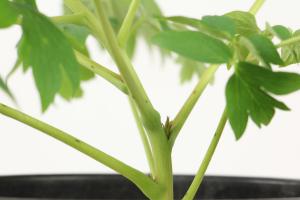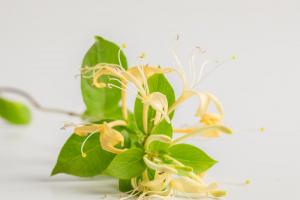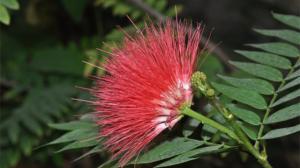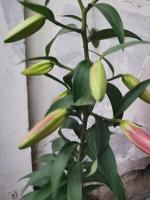Why Are Chestnut Trees Planted in a Biergarten?
If you've ever visited a traditional German biergarten, you may have noticed the towering chestnut trees that dot the outdoor spaces. These trees are more than just decorations - they serve an important purpose in the biergarten culture.
History of Biergartens
Biergartens, which translates to "beer gardens," originated in Bavaria in the 19th century. The concept was started by brewers who allowed local citizens to fill their pitchers with beer and enjoy them in the shaded areas surrounding the breweries. As the concept gained popularity, the breweries began offering food and entertainment, making the biergartens a true social gathering spot.
The Importance of Shade
One of the main reasons why chestnut trees became a staple in biergartens is because of the shade they provide. The trees were purposely planted to provide a canopy of leaves that blocked out the sun, making it more comfortable for patrons to sit outside during hot summer days. This was especially important before the advent of air conditioning, when being outside in the heat could be unbearable.
Traditional Atmosphere
Chestnut trees also play an important role in creating a traditional, authentic biergarten atmosphere. Many of the oldest and most iconic biergartens in Germany have been around for over a century, and the chestnut trees have grown tall and become beloved fixtures in the community. Adding newer trees or changing the landscape could take away from the historic charm that draws people to these unique establishments.
Practical Benefits
Aside from their aesthetic appeal, chestnut trees offer some practical benefits in a biergarten setting. Firstly, their wide canopy helps to absorb rainwater, which helps to prevent the area from becoming too muddy in heavy rain conditions. Secondly, chestnut trees have a strong root system that helps to keep the soil in place, preventing soil erosion in the surrounding areas.
The Chestnut Tree Debate
Despite the many benefits of chestnut trees, there is currently a debate over whether they should continue to be the preferred tree for biergarten settings. Chestnut trees are more susceptible to a disease called chestnut blight, which has caused a decline in chestnut tree populations across Europe. Some argue that it is important to preserve the chestnut tree tradition, while others suggest finding alternative trees that can provide the same benefits while being more resistant to disease.
In Conclusion
While the debate over chestnut trees in biergartens continues, it is clear that these trees have played an important role in creating the cozy, social atmosphere that biergartens are known for. From providing shade to preventing soil erosion, these trees have proven to be both practical and aesthetically pleasing. As long as the importance of preserving green spaces is acknowledged, biergartens can continue to evolve while keeping the traditions that have made them beloved spots for generations.

 how many times do yo...
how many times do yo... how many planted tre...
how many planted tre... how many pine trees ...
how many pine trees ... how many pecan trees...
how many pecan trees... how many plants comp...
how many plants comp... how many plants can ...
how many plants can ... how many plants and ...
how many plants and ... how many pepper plan...
how many pepper plan...































